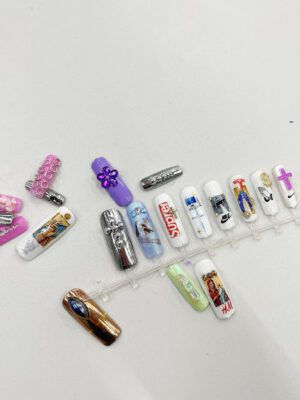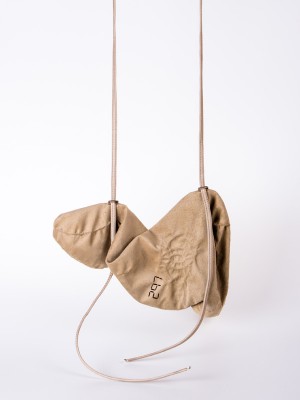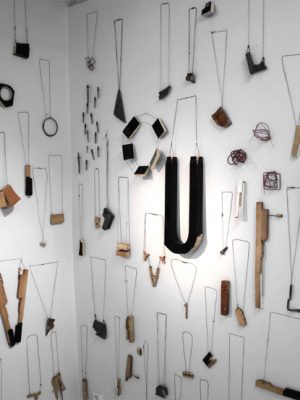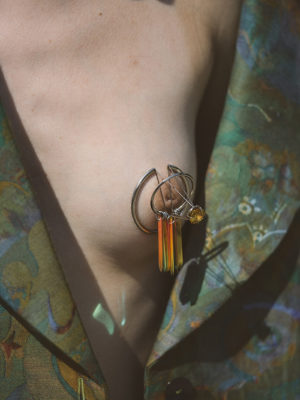Welcome to Spá Nails! A nail salon where the visitor kneels down on one side of a confessional screen to have a nail done in exchange for sharing a prediction about the future. Spá Nails thus becomes an exploration into how predictions about the future reflect the beliefs of today, shaping our individual and collective identities. From ancient practices like palmistry to poorly generated AI hands, spiritual, religious, as well as technological methods of prediction rely on interpreting patterns and shapes. The accuracy of these interpretations depends on the quality of data and the interpreter’s ability to make sense of the patterns they see. As new scientific advancements emerge, our methods of prediction evolve, often leading us to discard and even ridicule previous approaches as mere superstitions. What is considered scientific today may be deemed obsolete tomorrow. At Spá Nails, you are invited to explore the interplay between prediction, belief, and personal identity whilst uncovering the potential futures that lie beyond your fingertips.
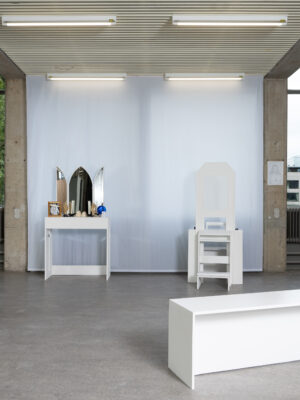
CO: What ideas or themes inspire your work?
ND: I began by exploring the connection between the moon and sleep. Some people claim that their sleep quality is reduced during a full moon, but since there is no scientific evidence to support this, I don’t believe in it, despite the fact that I personally sleep worse during the night of a full moon. This curiosity led me to question my trust and belief in science compared to my own bodily experiences. I wanted to explore how the systems we use to make sense of the world influence the futures we deem possible and how prediction and belief are related. I chose the nail salon as a format because it allowed me to play with the expectations of the space and the interactions that occur within it. It also provided an opportunity for an exchange where I could ask visitors to share their thoughts about the future and give them something in return – in this case, a decorative nail – which relates to questions of identity and self-expression.
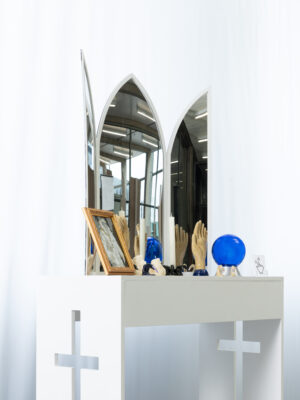
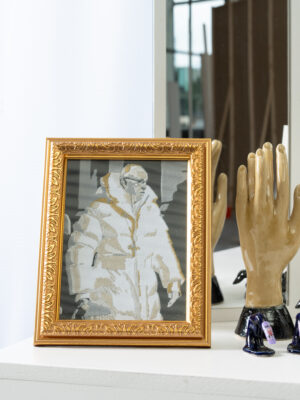
CO: How do you envision the future of the field you have chosen and your practice within it?
ND: I believe that architecture used to have a broader connection to the future. Architects of the past not only designed buildings but also envisioned entire societies based on their design principles. However, at some point, it became clear that aesthetics alone could not solve all of the world’s problems; it became a matter of politics. I consider this realisation important, but I also think something was lost in the cynicism. I’m not interested in returning to a time when architecture believed it could change the world solely through aesthetics, but I would like to contribute to a practice that recognises the power of space and helps translate that recognition into politics.
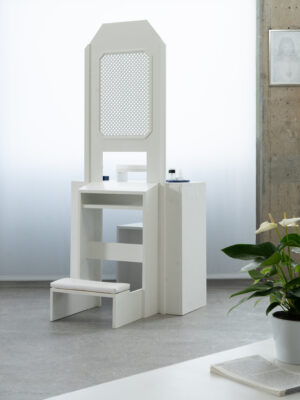
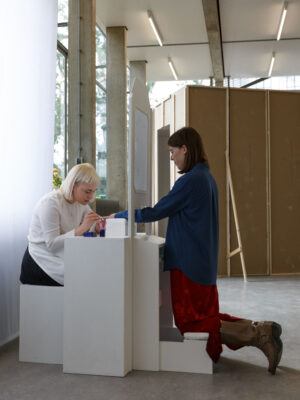
CO: Could you describe your approach, and how does it reflect tradition, current trends or push boundaries within the field?
ND: I delve into topics I find interesting and begin by challenging my own ideas about them before attempting to challenge others’ perceptions. I am less concerned about the outcome and more interested in translating my research into something I can share with others and receive their input on. My focus lies in creating spaces that make abstract and complex topics more graspable. For instance, how do you create a space for prediction? By choosing to concentrate on something as small as a nail, I create a space of intimacy that allows for more personal conversations. It’s not so much about constructing a specific physical space for me; rather, it’s about establishing an interpersonal space for collective thinking.
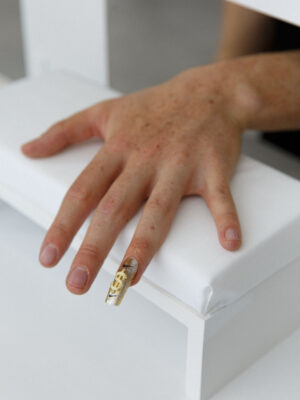
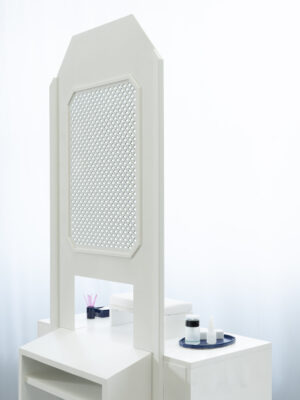
Follow more of Nanna’s work via Instagram @nannnadue or at
www.nannadue.com
Photography by Giovanni Salice @ozonepaper and Rodrigo Munnecom.
